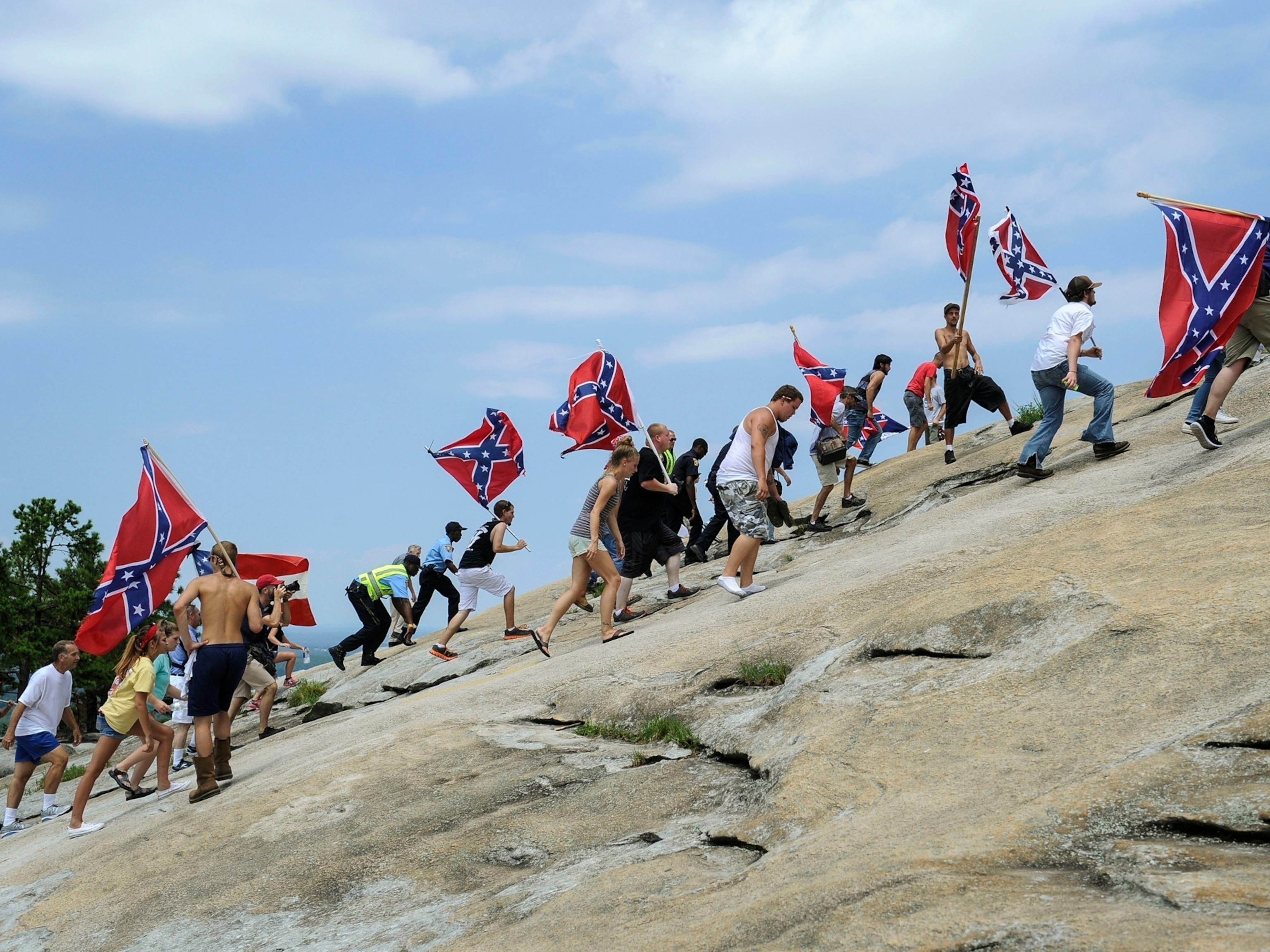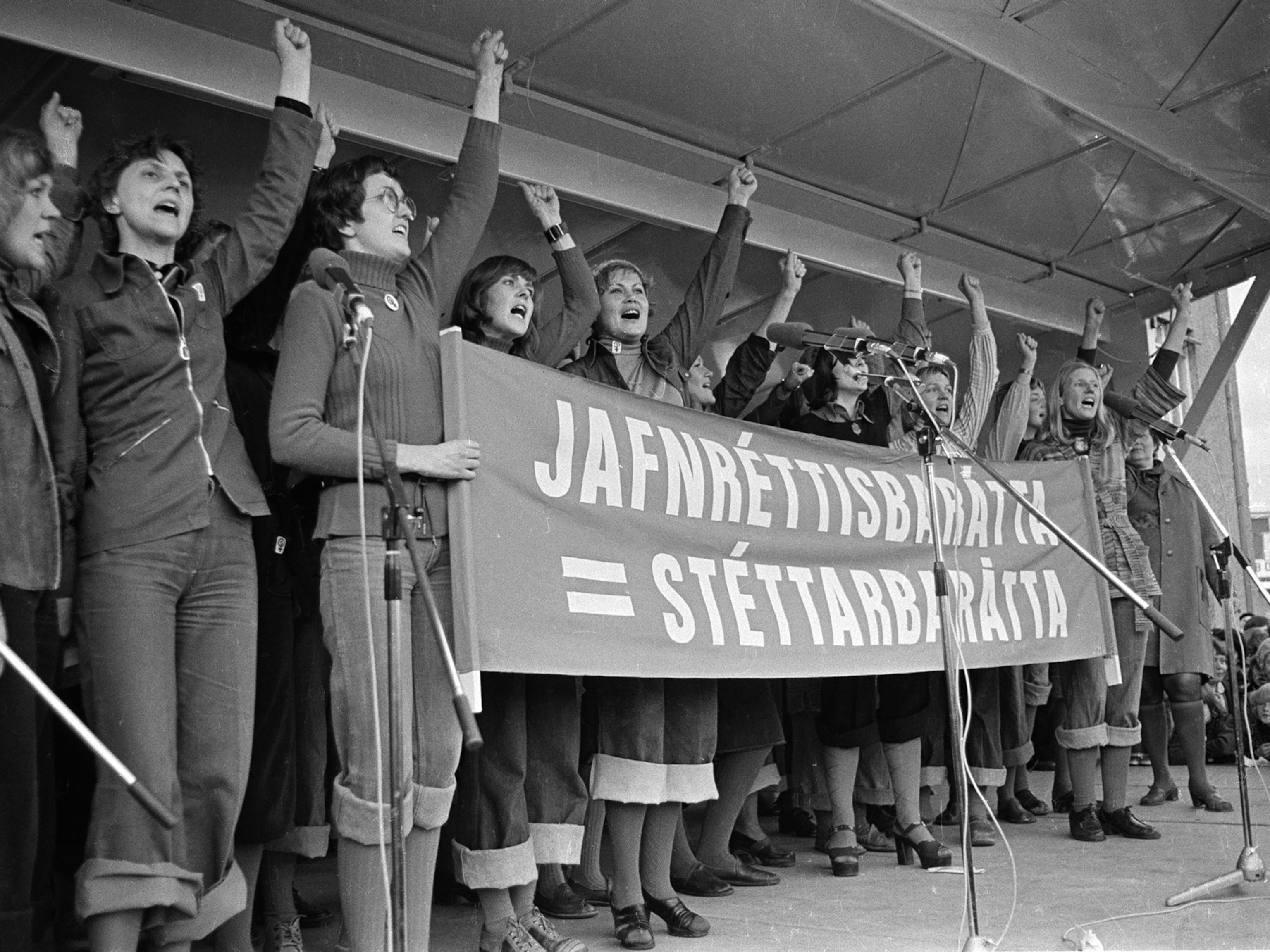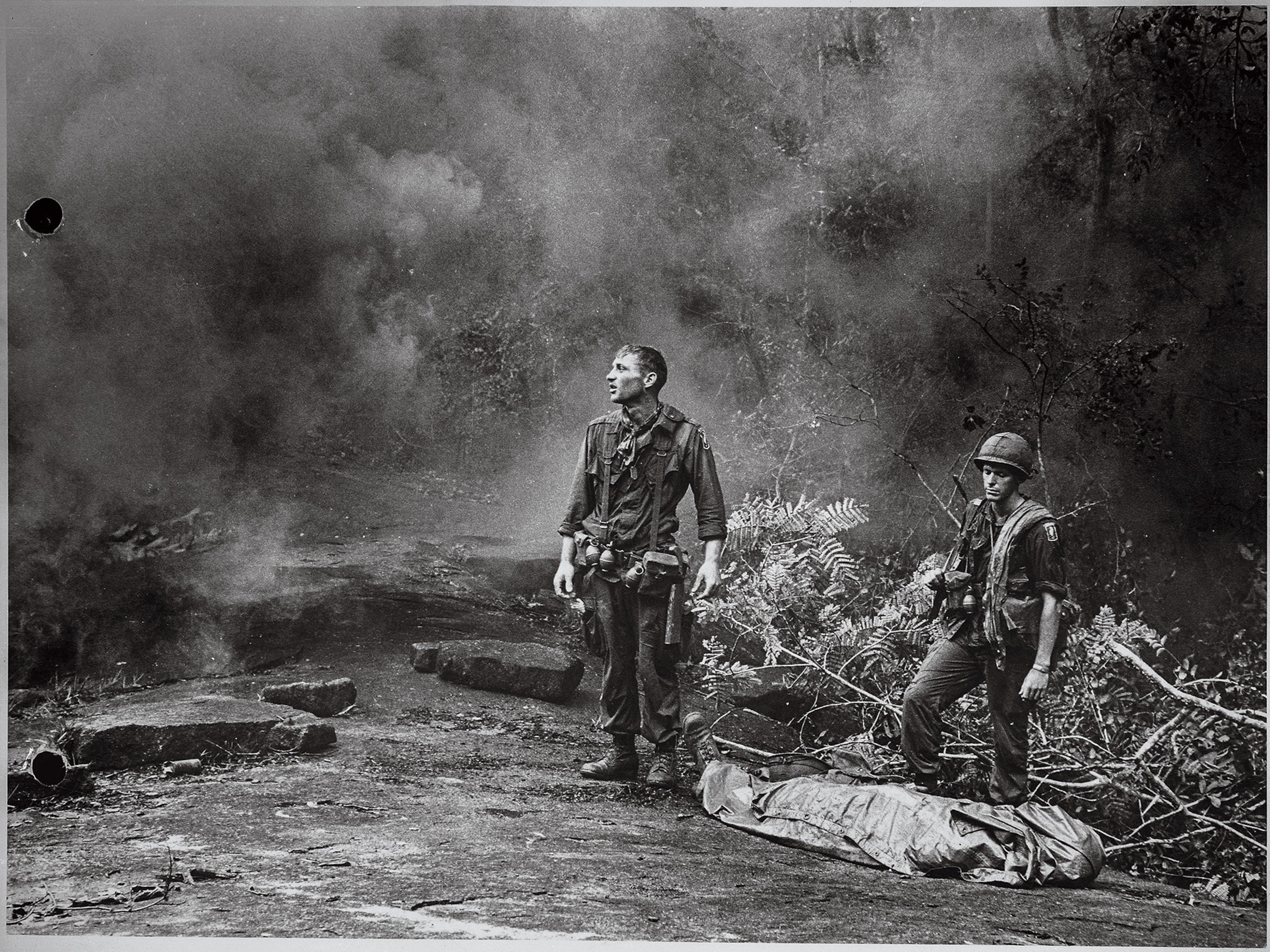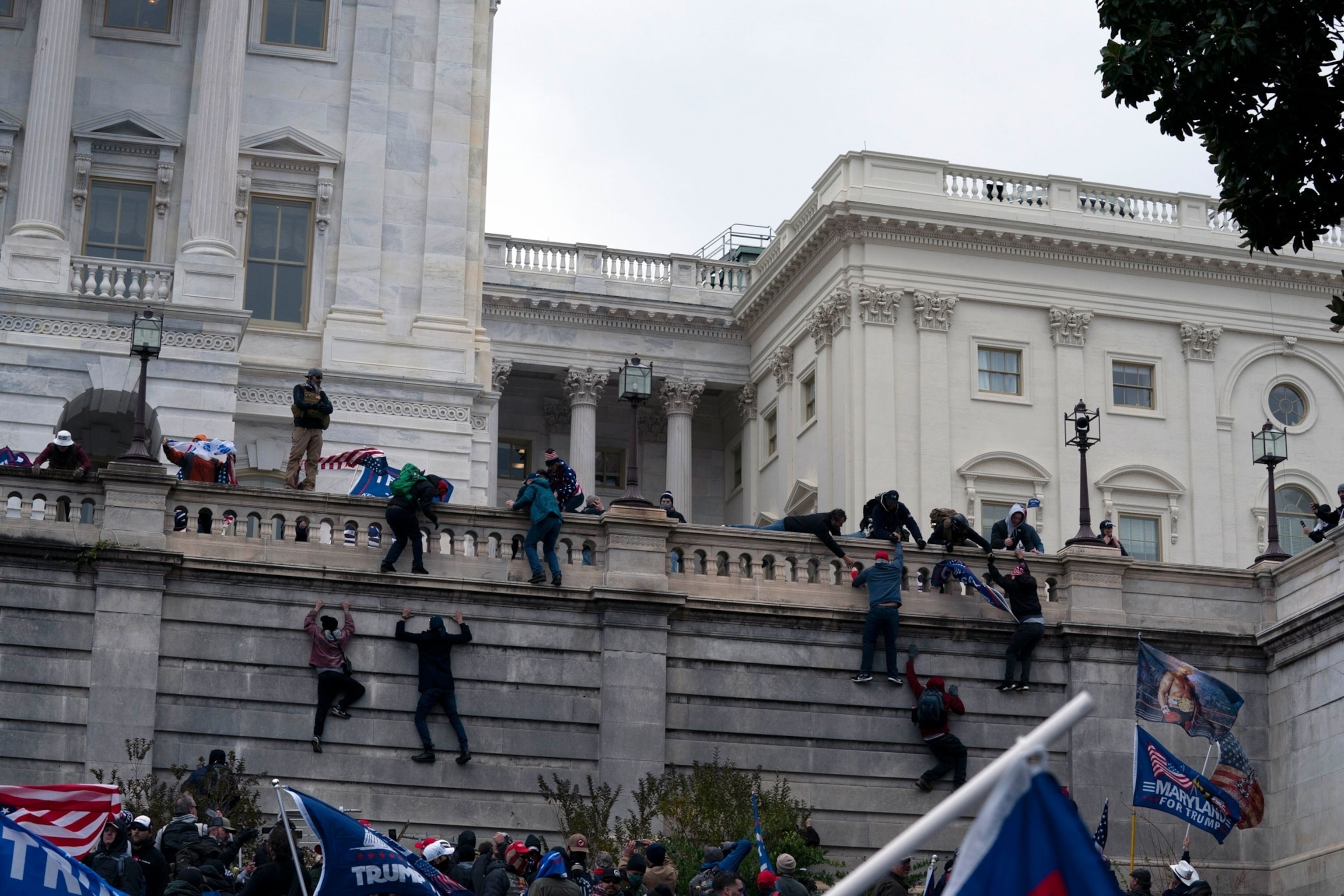
The day we watched a coup attempt in America
People in the U.S. stopped what they were doing to watch an event they struggled to comprehend—a mob overrunning the nation’s capital.
January 6, 2021, 4:00 PM EST, and on the live-news television screen: INSURRECTION IN WASHINGTON FOLLOWING TRUMP ENCOURAGMENT.
That sentence, the sounds, these images are no longer the material of frightened speculation. We are reading, hearing, watching a coup attempt in the United States. That man brandishing a transparent shield as he smashes a window of the Capitol—that is an American, we can safely assume, cheered on by those around him as two guys in black climb in through broken glass.
If you’re digesting this the way most of us are—not from the nation’s capital, that is, with the wailing sirens and emergency vehicles; nor from inside the buses into which members of Congress are being hustled from their building to protect themselves—you have stopped whatever you were doing and are struggling, right now, simply to believe the thing that is taking place. Not their building, after all. Our building. The people’s building, the designated center of this nation’s governance.
For all our recent talk about the fragility of our democracy, every American generation alive today has maintained a certain smugness about the concept of the coup: Other nations teeter this way, their leaders forced aside, their institutions assaulted in the name of “national security.” We condemn such naked grabs for power, of course. Or our government tries to maintain neutrality without formal approval. We understand this as something that could never happen to us.
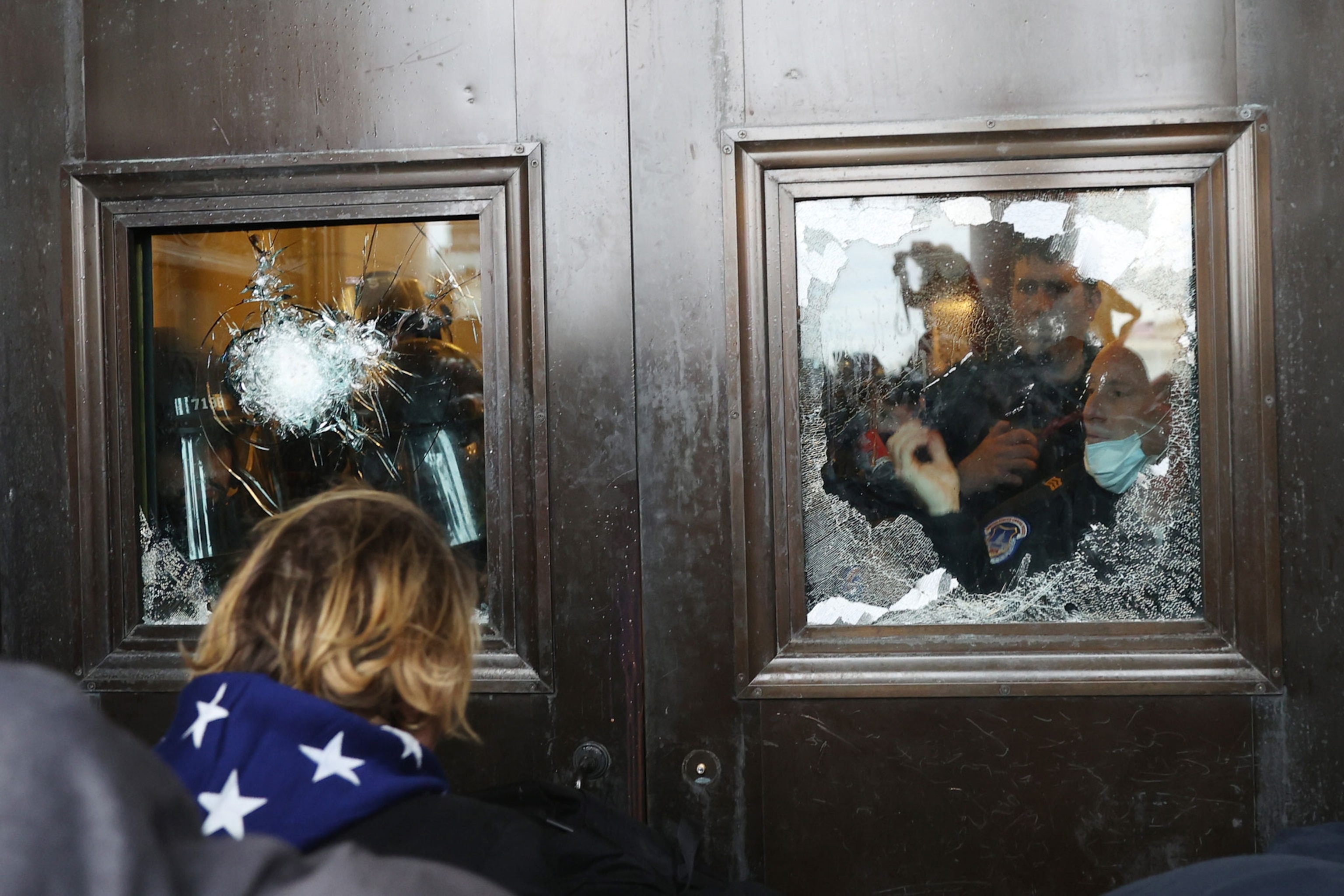
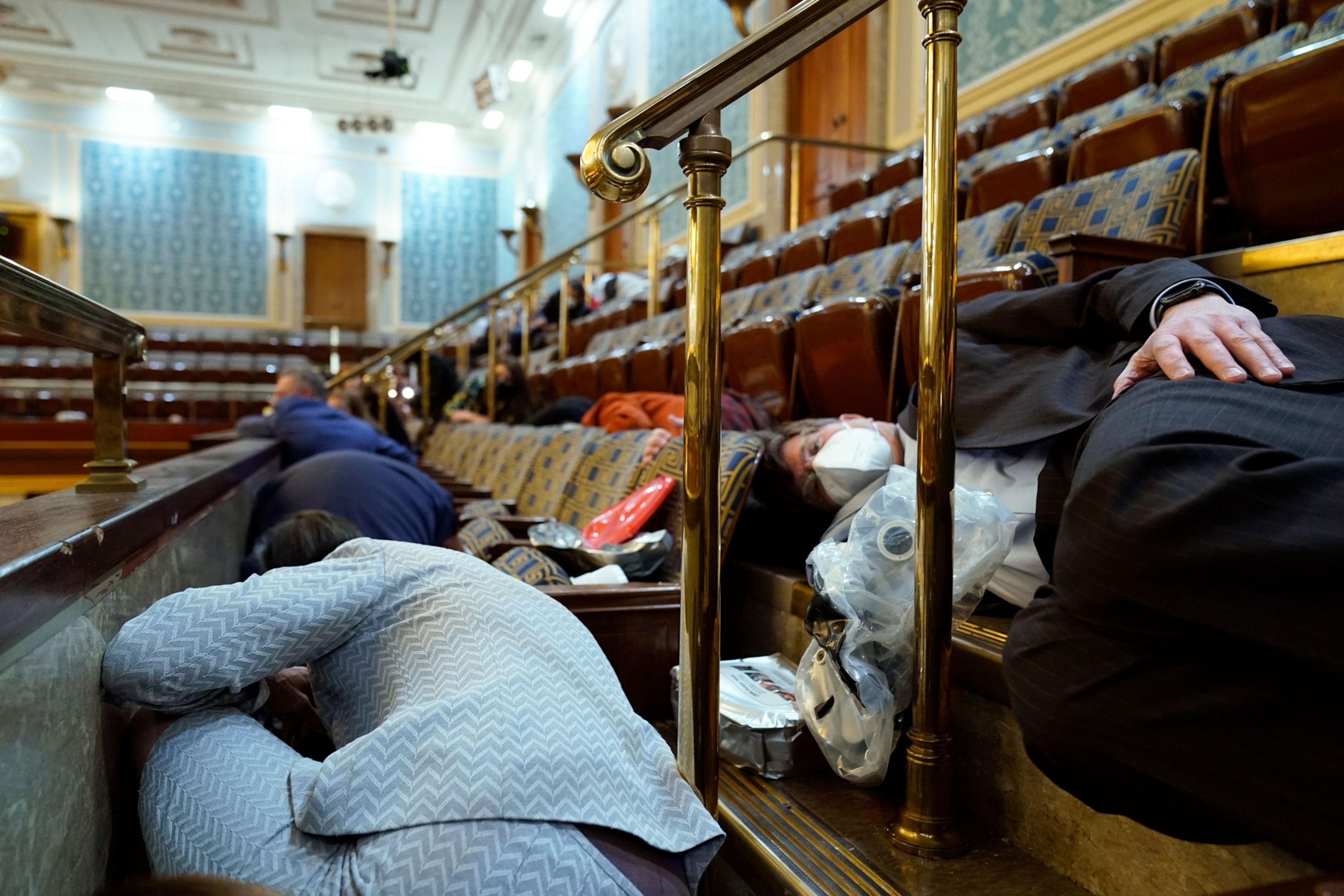
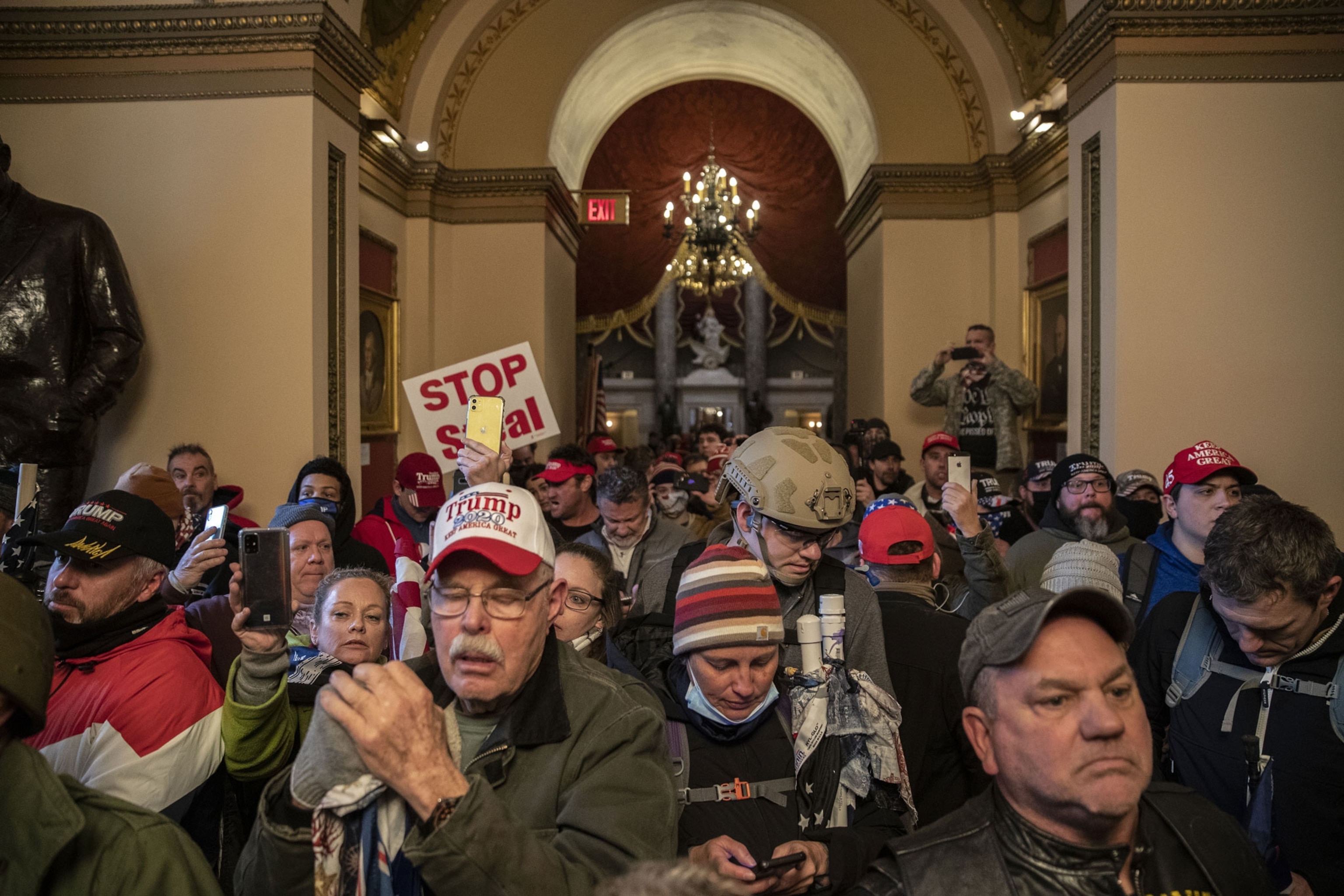

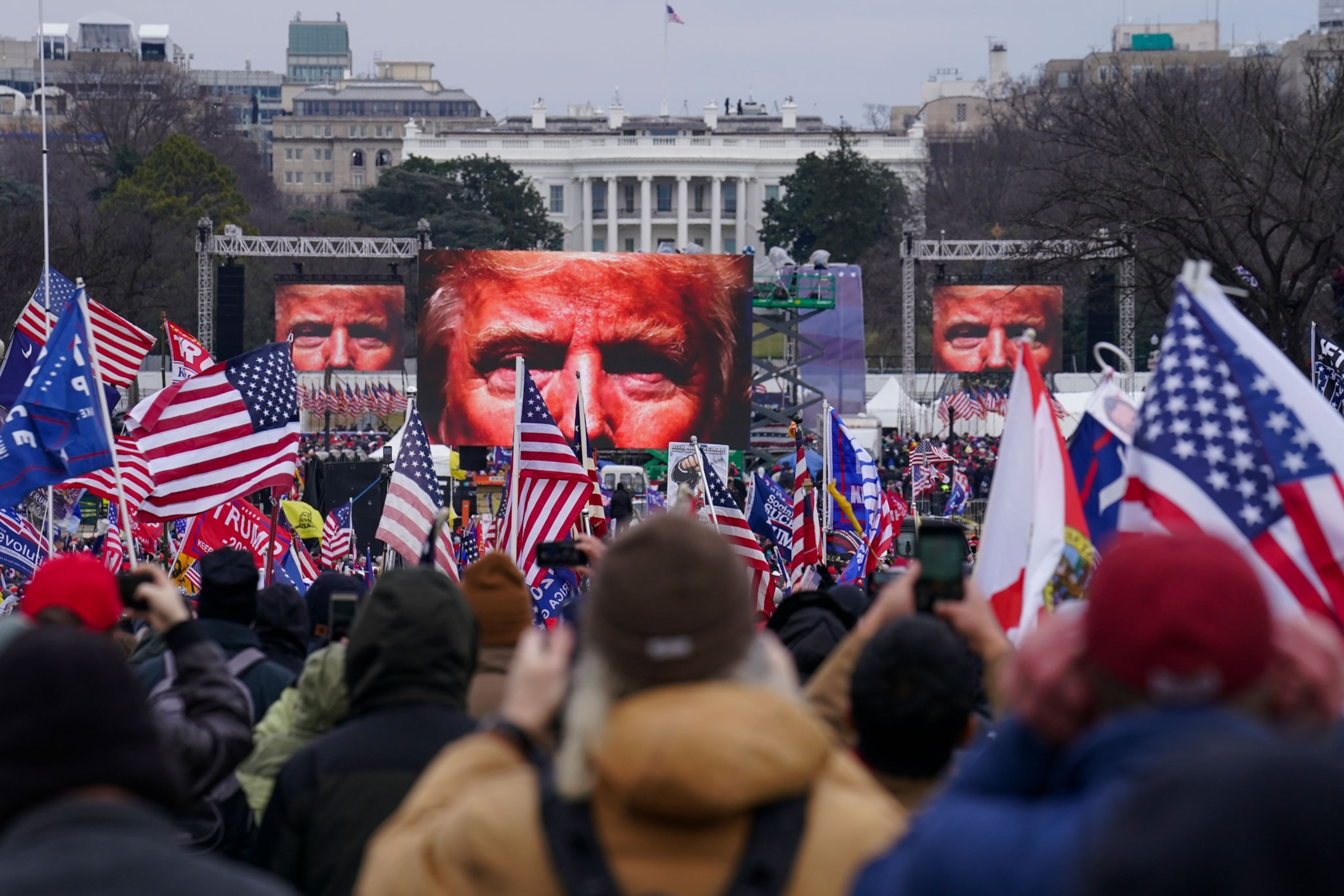
This will be an I-remember-when-I-heard event, like assassination attempts and terrorist attacks. The day a sitting U.S. president remained silent for two hours, communicating by means of a single “remain peaceful” tweet, as men and women cheered the Capitol’s storming while carrying flags and signs bearing his name—each of us will carry our own visuals most vividly when we recall it. The uniformed riot police, marching toward the building to let an electoral transition proceed? The Trump-flag marchers flanking a FOX reporter, shouting “fake news!” while he’s narrating exactly what he’s seeing around him? The police officer pointing guns inside the House chamber, their faces masked against the coronavirus? (Terrifying pictures show chaos as mob storms U.S. Capitol.)
4:15 now, and for just a few moments, here’s the voice and visage of President-Elect Joe Biden. It would be comforting to imagine that in years to come we will recall this, the quiet-spoken man in the blue suit, invoking Abraham Lincoln, his voice taut with disgust as he implores President Donald Trump to ask his people to stand down. “This is the United. States. of America,” Biden is saying. “I call on this mob to pull back and allow the work of democracy to go forward.”
America is so much better than this, Biden says. It is an idea to cling to, even in moments immediately after the president-elect’s statement, when the television switches visuals again: the man who broke into Speaker of the House Nancy Pelosi’s office and sat at a desk—her desk?—with a flag, which lies crumpled at his side. He’s smiling. He looks extremely pleased with himself. Before him, scrawled in capital letters on a filed folder, are the words WE WILL NOT BACK DOWN.

